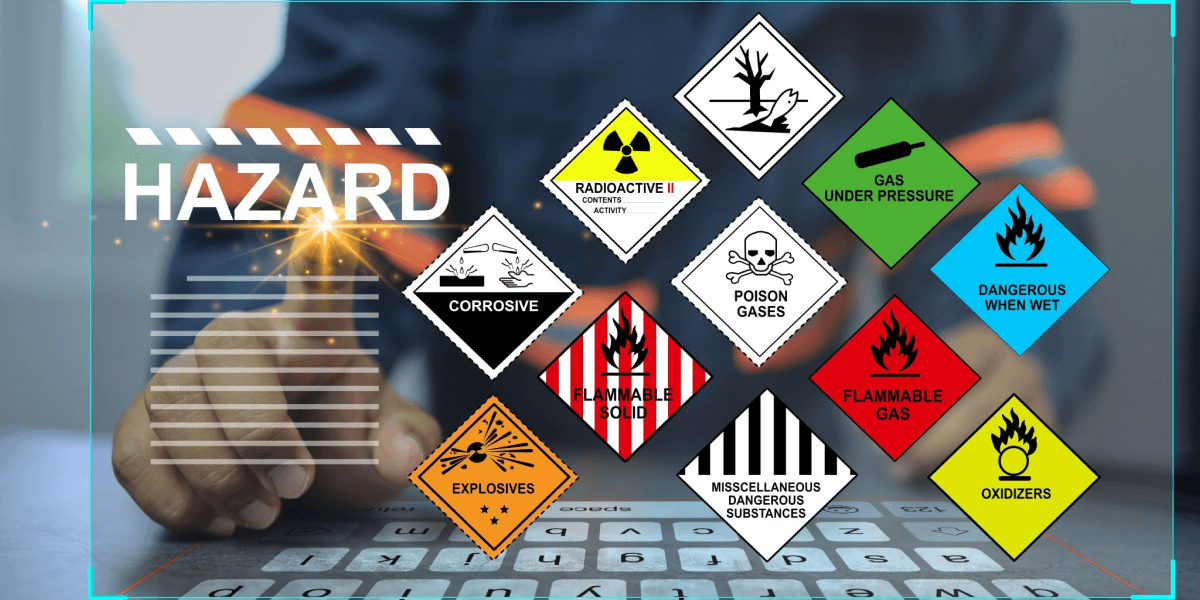
Table of Contents
Introduction
See How Visual Communication Technology Can Ensure the Safety of Your Employees TECH EHS has been working for years to make visual communication a primary goal in the workplace, where employees are given a central area to stay updated on business and industry news.
It is possible to have EHS communication like important health and safety information to busy employees using a wide range of workplace visual communication devices.
Thanks to our digital learning tools, such as safety animation and eLearning courses, your on-the-go employees won’t miss a beat when it comes to learning about the most recent EHS communication on topics like workplace risks, road closures, bad weather forecasts, and recent employee incidents.
“Heavy industry does have work-related accidents despite having defined safety procedures and guidelines.”
The effectiveness of various artifacts for visual safety in the workplace is being investigated to increase workplace safety. Posters, brief animated films, a lengthier documentary film, and a prototype of an interactive training environment that plays like a game enhance learning and boosts the incentive to adhere to safety procedures.
Using technologies for visual safety in the workplace ensures that no employee is unaware of your company’s health and safety messages.
A vital tool for modern workplace safety is visual safety in the workplace. So, how must EHS communication with employees and workmen be designed?
Technology for visual communication in the workplace has evolved into a priceless instrument for encouraging and facilitating increased workplace safety.
It is simpler to ensure that employees are kept informed and interested by introducing the appropriate content and visuals broadcast via digital signs strategically placed within the workplace.
More individuals than ever are receptive to visual messaging. As workplace communication technology becomes more widespread, business leaders rely on the digital ecosystem to engage with workers and facility visitors and improve workplace health and safety.
Use Visual Communication Tools to Spread Safety Messages to Your Staff
Businesses relied heavily on visual communication even before technology became commonplace. Printed flyers were originally affixed to cork boards, but today’s offices use high-tech flatscreens installed on walls or hanging from ceilings. Employers are providing workers with crucial information in both scenarios.
Given that so many individuals learn best visually, it makes sense that corporate leaders use visual safety standards as an effective method of communication more frequently.
Utilize visual communication in the workplace technology to increase workplace safety.
According to the Occupational Safety and Health Administration (OSHA), all firms are required to establish a health and safety program. You can create and maintain a safe and secure workplace for your employees by adhering to the most recent standards and laws and informing your staff of this knowledge.
To promote a workplace safety culture using visual communication in the workplace that benefits all parties, follow these steps:
Post reminders of important OSHA rules, such as reporting slippery surfaces and spills, handling dangerous products, and the advantages of keeping a clutter-free workspace.
Highlights of workers who identified dangerous areas or information about how your company is utilizing employee feedback to improve site-specific safety precautions can show employees that you support health and safety.
Where should you include safety content in visual communications?
It’s crucial to provide visual safety standards to your staff in areas where they are most likely to see it. Think about presenting visual safety standards to your staff in the following locations:
Do you need to provide safety communication to employees?
Isn’t it necessary for any company to have open lines of safety communication to employees? What is essential when communicating the vision in SAFE?
According to the overwhelming body of research, visual communication is essential to an entire strategic safety communication to employees. When photos and videos are included in messages, both the sender and the recipient benefit.
Anyone can make images, including people without professional expertise in graphic design or access to pricey, high-end equipment. Simple screenshots are a fantastic example of a quick and easy way to generate your own image while effectively communicating a message.
No matter where you work, being able to communicate your message adequately is crucial, no matter what.
Additionally, including images in emails and presentations might alter how your team communicates.
We all realize how ineffective the seemingly never-ending streams of meetings, phone conversations, instant messaging, and emails are.
What do each of those approaches usually have in common?
“Words”
But not usually significant in number.
Here’s a little secret: talking with just words isn’t always the best option. A wide range of studies demonstrate that it is frequently blatantly ineffective.
Some companies are required to provide centrally situated digital screens throughout the office for workers who don’t have desks or rarely sit at them.
Even workers who have a desk and a computer gain from viewing material in a different setting outside of the office.
Additionally, during lunch breaks or in the lobby, as they enter or exit the workplace, coworkers can talk about new knowledge as they observe it.
As staff members take the necessary time to analyze and debate the topic, your digital methods, using visuals, can serve as both a conversation starter and a way to emphasize the material’s worth.



